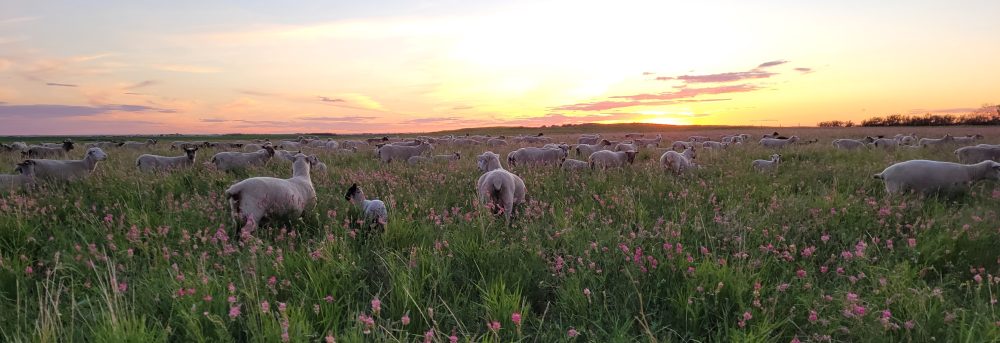One of today’s tasks was to castrate the male piglets born last week. We castrate the males to prevent accidental breeding and also to protect meat quality. Meat from male pigs that are not castrated can have a distinct flavour which is quite off putting. Males can also fight with each other and get aggressive, so the benefits of castrating are many.
While castating is pretty routine during calving and lambing, with pigs it requires more planning, more time, and the right state of mind.
The first task is to catch the male piglets and take them away from their mothers. Pigs can be very protective and aggressive if the hear squealing or feel their piglets are in danger, so it is not safe to do it in the pen with the sows. I catch the piglets by first moving their mothers across a fence and then grabbing ahold of the piglets and putting them into a plastic tub in the side by side. Once I have caught all the males, I can let the sow back in with her female piglets and take the males elsewhere.
With calves and lambs, we use a small rubber band to cut off the circulation to the testicles. This method is quick, easy, and in young animals heals fairly quickly. Because of the anatomy of pigs, that method isn’t possible, so a surgical method is required. First each piglet gets local anaesthetic and long lasting pain medication. After giving the anaesthetic time to work, two cuts are made and the testicles are pulled out. While this is certainly painful, when no anaesthetic is used the reaction of the pigs is much greater, so we do what we can to minimise the pain. The little pigs heal up very quickly and within a few hours are back to their normal selves. It is a stressful time for all parties involved, so it’s always nice when the job is done and we can relax in the sun.

